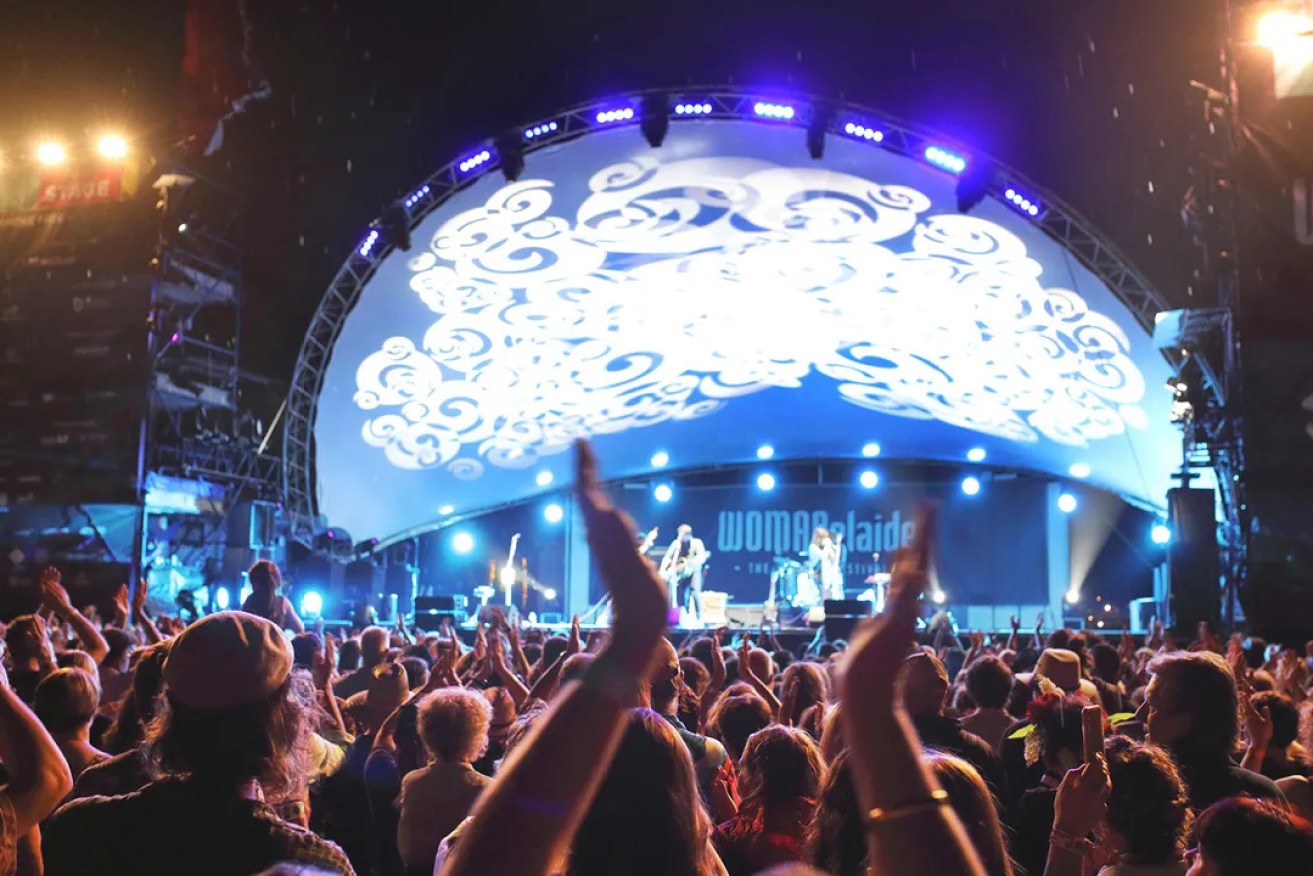Why the arts need to be at the forefront of government policy
New data shows just how important the arts has become to the majority of Australians – including for their mental health. Georgie McClean argues for a greater consideration of arts and culture across government policy from health, to disaster recovery and education.

Happy festival goers at WOMADelaide. Photo: Tony Lewis
Audiences for arts and culture are coming back, and they are coming back with purpose.
After the greatest disruptions to creative and cultural sectors in living memory – the cancelled gigs, scrapped plans and frantic online pivots of the COVID lockdowns – we have realised how important cultural participation is to social connection, and to living whole, healthy lives.
The first major study of arts and cultural engagement since the pandemic – Creating Value: Results of the National Arts Participation Survey, published last week – shows that 97 per cent of Australians are engaging with the arts, and 68 per cent are attending live events and festivals, on par with 2019 figures.
In this report, “the arts” includes Australians’ self-reported engagement with theatre, dance, visual arts and craft, music, literature, cross-art form and First Nations arts. It includes attending the arts live, creative participation, engaging online, listening to music and reading books.
The frequency of attendance has declined – driven by cost-of-living pressures and other barriers to access – which is continuing to create challenges for arts companies and venues relying on box office and subscribers. But we have also seen an increase in the numbers of Australians wanting more – greater opportunities for arts engagement and more accessible events.
Australians’ love of arts and culture has proven remarkably resilient.
And we are seeing striking reasons why: 84 per cent of Australians recognise the positive benefits of cultural participation in their lives. The majority see the positive benefits of arts and cultural engagement for their mental health and wellbeing. And we’ve seen a substantial increase in the number of people seeking out arts experiences to improve their mental wellbeing.
It underlines the importance of government support – a huge array of free public art experiences from galleries to festivals wouldn’t be available without public funding, and public funding often leverages other funding.
Amidst the mental health crisis that has rocked our communities post-COVID, a third of Australians are taking matters into their own hands and finding creative solutions to alleviate their experiences of anxiety, depression and social isolation.
Half of all Australians say that creative and cultural participation – from watching arts events online to reading to making, recording or writing their own creative works – helped them through the pandemic.
We now know how important it for our sense of connection, and we are acting on it.
Seven in 10 Australians agree that cultural and creative experiences make for a richer and more meaningful life.
And it’s not just typical “elites” enjoying the benefits – in fact, First Nations and culturally and linguistically diverse Australians are more likely to creatively participate, as engagement helps draw from and build on culture.
And in our increasingly multicultural community, where more than half of us were born, and have a parent born overseas, 71 per cent say cultural participation helps them to understand other cultures and perspectives. In an increasingly atomised world where news feeds tailor our worldviews, that is hugely important.
The next generations are leading the way. Young Australians aged 15–24 value the arts and are highly engaged – close to nine in 10 attend and almost half want to attend more. They are the most likely of all the age groups to creatively participate and are highly engaged with the arts online.
We asked Australians what would encourage them to engage more often with creative activities in person and saw the challenges around cost in their replies – free or subsidised events came up tops.
It underlines the importance of government support – a huge array of free public art experiences from galleries to festivals wouldn’t be available without public funding, and public funding often leverages other funding.
So, what do we do with this value? How do we amplify the power cultural participation has to soothe, inspire, challenge and connect?
We have scope for greater ambition in how we use arts and culture to build community, to build resilience and generate new connections and ideas. The National Cultural Policy, Revive: A place for every story, a story for every place, articulates much of this ambition and encourages us to think about arts and culture as a resource for a whole range of domains: from health to education to social cohesion.
And Australians are up for it, and ready to engage.
Creative Australia sees a future in which arts and culture has a place at the policy table and in new practice-led solutions for improved wellbeing, creative recovery from disasters, greater intercultural understanding and improved engagement with education. We need creative thinking and creative skills across workforces in a range of sectors.
Our audiences know it. Now our structures can catch up.
Dr Georgie McClean is executive director, development & partnerships, at Creative Australia (formerly the Australia Council).




